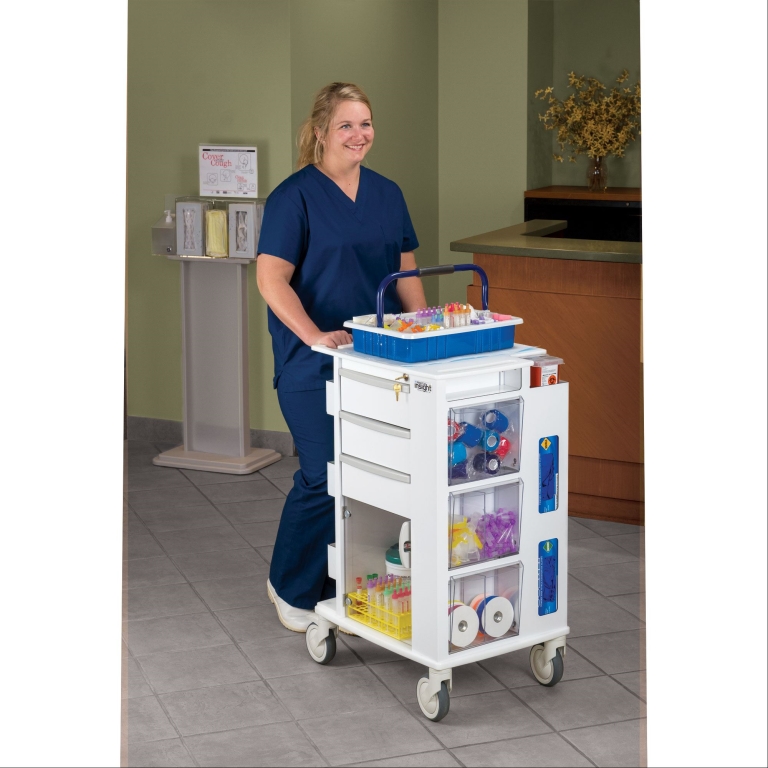**Title: Phlebotomy Job Description: Everything You Need to Know**
**Introduction:**
If you’re interested in pursuing a career in healthcare that involves working directly with patients, then becoming a phlebotomist might be the perfect choice for you. Phlebotomists play a crucial role in the healthcare system by drawing blood samples from patients for various medical tests and procedures. In this article, we will explore the phlebotomy job description in detail, including the responsibilities, skills required, and career prospects in this field.
**Responsibilities of a Phlebotomist:**
Phlebotomists are responsible for performing a variety of tasks related to drawing blood samples from patients. Some of the key responsibilities of a phlebotomist include:
1. Greeting patients and ensuring their comfort before the blood draw procedure.
2. Verifying patient information to ensure the accuracy of the samples.
3. Selecting the appropriate equipment for drawing blood, such as needles, tubes, and collection devices.
4. Following proper safety protocols and infection control measures during the blood draw process.
5. Labeling and organizing blood samples for testing.
6. Processing and transporting blood samples to the laboratory for analysis.
7. Maintaining a clean and organized work environment in the phlebotomy area.
**Skills Required for Phlebotomy:**
To excel in a phlebotomy career, individuals need to possess a specific set of skills and attributes. Some of the essential skills required for phlebotomists include:
1. Excellent communication skills to interact with patients and healthcare professionals effectively.
2. Attention to detail to ensure accuracy in labeling and handling blood samples.
3. Empathy and compassion towards patients who may be anxious or fearful of the blood draw procedure.
4. Strong organizational skills to manage multiple tasks efficiently.
5. Knowledge of medical terminology and understanding of basic human anatomy.
6. Ability to work well under pressure in fast-paced healthcare environments.
**Career Prospects in Phlebotomy:**
The demand for phlebotomists is expected to grow significantly in the coming years due to the increasing need for diagnostic testing in healthcare settings. Phlebotomists can find employment in various healthcare settings, including hospitals, clinics, blood donation centers, and laboratories. Some career paths for phlebotomists include:
1. Clinical Phlebotomist: Working in hospitals or clinics to draw blood samples for diagnostic testing.
2. Mobile Phlebotomist: Traveling to patients’ homes or other locations to perform blood draws.
3. Blood Bank Phlebotomist: Collecting blood donations and ensuring proper storage and labeling of blood products.
4. Phlebotomy Supervisor: Overseeing phlebotomy operations and training new phlebotomists in healthcare facilities.
**Conclusion:**
a career in phlebotomy offers a rewarding opportunity to make a difference in patients’ lives by ensuring accurate blood sample collection for medical testing. Phlebotomists play a vital role in the healthcare system and are in high demand due to the growing need for diagnostic testing. By acquiring the necessary skills and training, you can embark on a fulfilling career as a phlebotomist and contribute to the overall well-being of patients. If you are passionate about healthcare and enjoy working directly with people, then phlebotomy may be the perfect career path for you.
Remember, a career in phlebotomy requires dedication, compassion, and attention to detail. If you possess these qualities, you are well on your way to becoming a successful phlebotomist.
